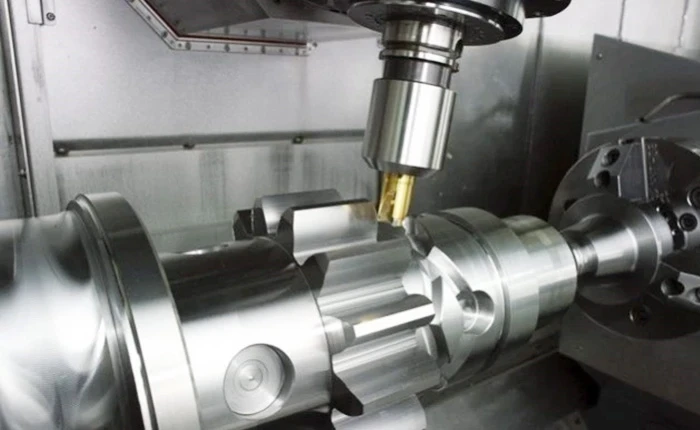okt . 01, 2024 13:00 Back to list
Different Types of Butterfly Valves and Their Applications in Various Industries
Understanding Butterfly Valve Types
Butterfly valves are a popular type of flow control device used in various industries such as water treatment, oil and gas, power generation, and chemical processing. They are famed for their efficiency, compact design, and ability to provide quick shut-off. This article aims to explore the different types of butterfly valves, their working mechanisms, and suitable applications.
Basic Design and Operation
A butterfly valve consists of a round disc or plate that pivots around a central axis. When the valve is closed, the disc is perpendicular to the flow path, creating a seal that restricts flow. By rotating the disc to a parallel position, the valve allows fluid to flow through. This simple mechanism makes butterfly valves highly efficient in terms of space and performance.
Types of Butterfly Valves
1. Double Flanged Butterfly Valve This type features flanges on either side of the valve body, allowing for direct bolting to pipelines. It is commonly used in larger diameter pipes and high-pressure applications due to its robust construction. The double flanged design provides a better seal, making it suitable for critical service environments.
2. Wafer Butterfly Valve The wafer valve is sandwiched between two flanges in a pipeline. This type is lightweight and easy to install, making it suitable for applications with limited space. However, it is essential to ensure proper alignment during installation, as the seals can be sensitive to misalignment.
3. Lug Butterfly Valve Similar to wafer valves, lugged butterfly valves feature threaded lugs that allow for bolting to the pipe flanges. They can be installed in dead-end services without external supports, providing flexibility and ease of maintenance. These valves are often used in fire protection systems and as isolation valves in various applications.
butterfly valve types

4. Electrically Actuated Butterfly Valve This variety comes with an electric actuator that allows for remote operation. Electrically actuated valves are ideal for applications requiring automated control, such as in HVAC systems, water treatment plants, and process control systems, enabling precise regulation of flow rates.
5. Pneumatically Actuated Butterfly Valve Pneumatic actuation uses compressed air to open and close the valve. These valves are preferred in environments where rapid operation is required, and they can be easily integrated into automated systems. Pneumatic actuators are often used in industrial processes and manufacturing operations.
6. Rubber-Seated Butterfly Valve These valves have a rubber lining that acts as a seal. They are typically used in applications involving lower pressure and corrosive substances. The rubber seal provides excellent resistance to wear and is suitable for handling various liquids, including water and chemicals.
7. Metal-Seated Butterfly Valve Unlike rubber-seated valves, metal-seated butterfly valves have a metal-to-metal sealing surface. These valves are ideal for high-temperature and high-pressure applications, as they can withstand harsh conditions without deforming. They are often used in oil and gas, mining, and power generation industries.
Applications of Butterfly Valves
Butterfly valves are versatile and used in a wide range of applications. Common uses include regulating water flow in municipal water systems, controlling steam in power plants, managing condensate lines in heating systems, and isolating chemicals in processing facilities. Their ability to handle various fluid types, combined with ease of operation, makes them an invaluable asset in modern engineering.
Conclusion
In summary, butterfly valves are essential flow control devices that come in various types to meet different operational requirements. Understanding the unique features and applications of each type helps engineers and technicians select the most appropriate valve for their systems. Whether for standard fluid control or specialized applications, there is a butterfly valve designed to meet the specific needs of any project.
-
The Role of Cast Iron T Slot Plates in RoboticsNewsMay.12,2025
-
The Importance of Parallel Rulers in Mechanical EngineeringNewsMay.12,2025
-
Heavy-Duty Applications for Granite Surface Plate for SaleNewsMay.12,2025
-
Cast Iron Y Strainer: A Reliable Solution for Dirty FluidsNewsMay.12,2025
-
Boosting Workshop Productivity Using Granite BlocksNewsMay.12,2025
-
Water Control Valves: Essential Components for Fluid RegulationNewsMay.08,2025
Related PRODUCTS









